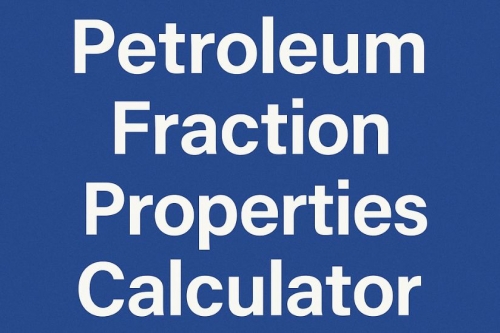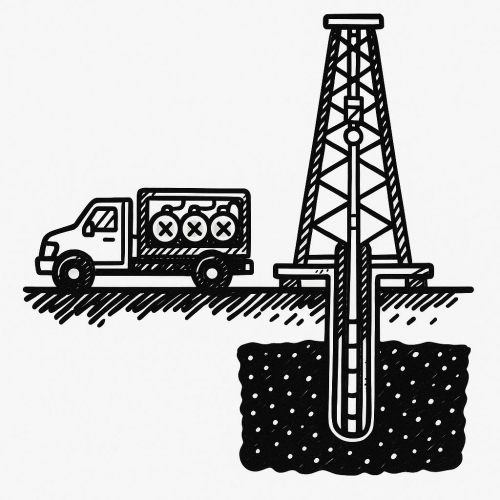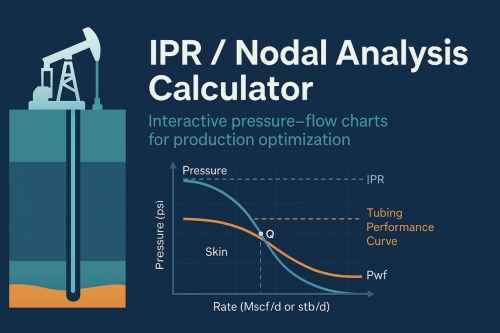Gas lift is a method of artificial lift that uses an external source of high-pressure gas to lift well fluids to the surface. It is one of the most common artificial lift methods used in the oil and gas industry, and is particularly well-suited for wells with low bottomhole pressure (BHP) or high gas-to-oil ratio (GOR).
How Gas Lift Works
Gas lift works by injecting high-pressure gas into the tubing-casing annulus, which reduces the density of the fluids in the tubing. This reduces the hydrostatic pressure of the fluids, making it easier for the well to produce. The injected gas also helps to "lift" the fluids up the tubing string by creating a two-phase flow of gas and liquid.
There are two main types of gas lift:
- Continuous gas lift: In continuous gas lift, gas is injected into the tubing-casing annulus at a constant rate. This type of gas lift is typically used in wells with high GORs.
- Intermittent gas lift: In intermittent gas lift, gas is injected into the tubing-casing annulus in cycles. This type of gas lift is typically used in wells with low GORs.
Gas Lift Valves
Gas lift valves are used to control the flow of gas into the tubing. These valves are typically installed at multiple depths in the well, and are opened and closed by the pressure of the fluids in the tubing and casing.
Gas Lift Systems
A typical gas lift system consists of the following components:
- Gas compressor: The gas compressor is used to compress the injection gas to the required pressure.
- Gas injection line: The gas injection line is used to transport the injection gas from the compressor to the wellhead.
- Gas lift valves: The gas lift valves are used to control the flow of gas into the tubing.
- Tubing: The tubing is the pipe that carries the well fluids to the surface.
- Casing: The casing is the pipe that lines the wellbore and prevents it from collapsing.
Advantages of Gas Lift
Gas lift has a number of advantages over other artificial lift methods, including:
- It is a relatively simple and inexpensive system to install and operate.
- It is a versatile system that can be used in a wide range of well conditions.
- It is a reliable system with a low failure rate.
- It can be used to produce high volumes of fluids.
Disadvantages of Gas Lift
Gas lift also has some disadvantages, including:
- It can be expensive to operate if the price of gas is high.
- It can be difficult to optimize the system for maximum efficiency.
- It can be difficult to operate in wells with high sand or water production.
Applications of Gas Lift
Gas lift is used in a wide range of well conditions, including:
- Wells with low BHP
- Wells with high GORs
- Wells with high sand or water production
- Wells with multiple production zones
- Wells that are offshore or in remote locations
Conclusion
Gas lift is a versatile and reliable artificial lift method that is well-suited for a wide range of well conditions. It is a relatively simple and inexpensive system to install and operate, and can be used to produce high volumes of fluids.

%20(1).png)



